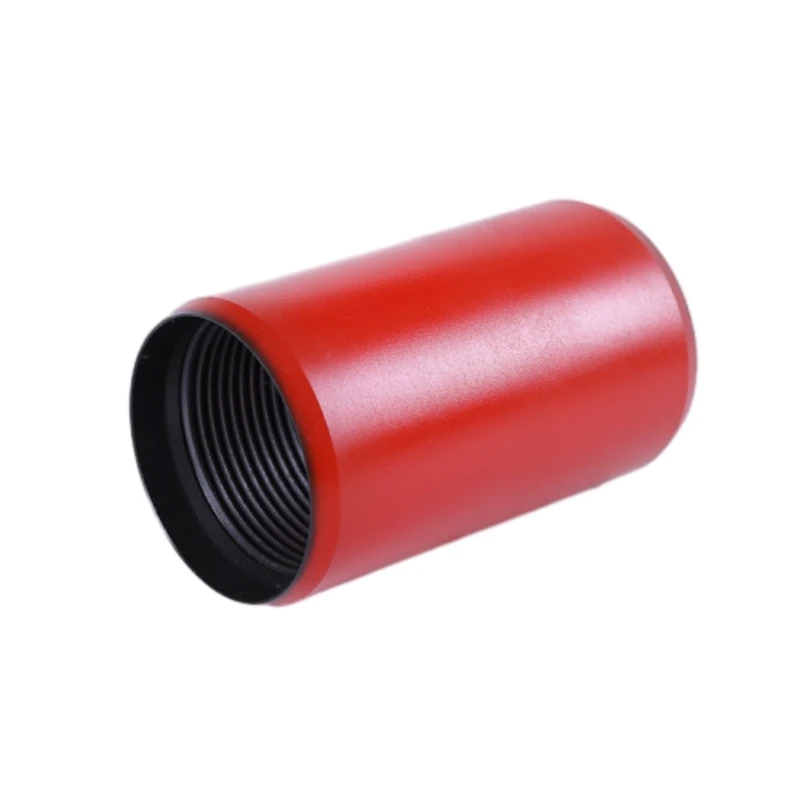- Afrikaans
- Albanian
- Amharic
- Arabic
- Armenian
- Azerbaijani
- Basque
- Belarusian
- Bengali
- Bosnian
- Bulgarian
- Catalan
- Cebuano
- Corsican
- Croatian
- Czech
- Danish
- Dutch
- English
- Esperanto
- Estonian
- Finnish
- French
- Frisian
- Galician
- Georgian
- German
- Greek
- Gujarati
- Haitian Creole
- hausa
- hawaiian
- Hebrew
- Hindi
- Miao
- Hungarian
- Icelandic
- igbo
- Indonesian
- irish
- Italian
- Japanese
- Javanese
- Kannada
- kazakh
- Khmer
- Rwandese
- Korean
- Kurdish
- Kyrgyz
- Lao
- Latin
- Latvian
- Lithuanian
- Luxembourgish
- Macedonian
- Malgashi
- Malay
- Malayalam
- Maltese
- Maori
- Marathi
- Mongolian
- Myanmar
- Nepali
- Norwegian
- Norwegian
- Occitan
- Pashto
- Persian
- Polish
- Portuguese
- Punjabi
- Romanian
- Russian
- Samoan
- Scottish Gaelic
- Serbian
- Sesotho
- Shona
- Sindhi
- Sinhala
- Slovak
- Slovenian
- Somali
- Spanish
- Sundanese
- Swahili
- Swedish
- Tagalog
- Tajik
- Tamil
- Tatar
- Telugu
- Thai
- Turkish
- Turkmen
- Ukrainian
- Urdu
- Uighur
- Uzbek
- Vietnamese
- Welsh
- Bantu
- Yiddish
- Yoruba
- Zulu
Exploring the Benefits and Applications of Steel Coupling in Construction Engineering
Understanding Steel Coupling An Essential Component in Structural Engineering
In the realm of structural engineering, the integrity and reliability of constructions are paramount. Among various elements that contribute to this reliability, steel coupling plays a crucial role. Steel couplings are mechanical devices used to connect two rotating shafts, allowing for the transfer of torque and motion. These components are essential in a wide array of applications, from machinery to bridges, and even in the construction of high-rise buildings.
The Functionality of Steel Couplings
Steel couplings serve multiple functions, depending on their design and application. Primarily, they are used to align and connect shafts, effectively transmitting power from one shaft to another. This is particularly important in machinery where precise movements are required. By ensuring that the aligned shafts can rotate together, steel couplings minimize the risk of wear and tear, vibration, and mechanical failure.
Additionally, steel couplings are adept at compensating for misalignment, which is not uncommon in large structures and machinery. Misalignment can occur due to various factors, including thermal expansion, wear over time, or improper installation. A well-designed steel coupling can absorb some of this misalignment, protecting the connected components from undue stress and extending their longevity.
Types of Steel Couplings
There are several types of steel couplings, each designed for specific applications and functional requirements. Some commonly used types include
1. Rigid Couplings These provide a solid connection between two shafts, ensuring there is no relative movement between them. They are ideal for applications where precise alignment is crucial.
2. Flexible Couplings Designed to absorb misalignment and shock loads, flexible couplings are essential in applications involving high levels of vibration. They often feature elastomeric materials that allow for movement while still transmitting torque efficiently.
steel coupling

3. Beam Couplings Made from a single piece of material, beam couplings offer high levels of precision in alignment and are lightweight, making them suitable for applications where space and weight are critical.
4. Oldham Couplings These are used in applications where high torque is required, and angular misalignment exists. Oldham couplings consist of three components two hubs and a sliding middle piece, allowing for the absorption of misalignment.
5. Disc Couplings Composed of two hubs and flexible metallic discs, these couplings are excellent for high-speed applications. The discs are able to flex and ensure proper operation even under challenging conditions.
Advantages of Steel Couplings
The use of steel couplings in construction and machinery comes with several advantages. Firstly, steel offers a high strength-to-weight ratio, making these couplings both robust and lightweight. This quality improves the overall efficiency and performance of the connected machinery or structure.
Moreover, steel couplings are highly durable and can withstand extreme loads and environmental conditions, including high temperatures and corrosive environments. The maintenance requirements for steel couplings are relatively low, which is economically beneficial for businesses that rely on continuous operation.
Another notable advantage is the flexibility in design. Steel couplings can be manufactured in a variety of shapes and sizes to meet specific engineering requirements, making them suitable for a wide range of applications across different industries.
Conclusion
In summary, steel coupling is an integral component in the world of structural engineering and machinery. Its ability to connect different shafts, accommodate misalignment, and efficiently transmit power ensures the reliability and longevity of various systems. With various types available to cater to different needs and operational conditions, steel couplings remain an essential choice for engineers and designers aiming to create durable and efficient structures and machines. As technology advances, so too will the design and functionality of steel couplings, continuing to play a pivotal role in modern engineering solutions.
-
Tubing Pup Joints: Essential Components for Oil and Gas OperationsNewsJul.10,2025
-
Pup Joints: Essential Components for Reliable Drilling OperationsNewsJul.10,2025
-
Pipe Couplings: Connecting Your World EfficientlyNewsJul.10,2025
-
Mastering Oilfield Operations with Quality Tubing and CasingNewsJul.10,2025
-
High-Quality Casing Couplings for Every NeedNewsJul.10,2025
-
Boost Your Drilling Efficiency with Premium Crossover Tools & Seating NipplesNewsJul.10,2025







